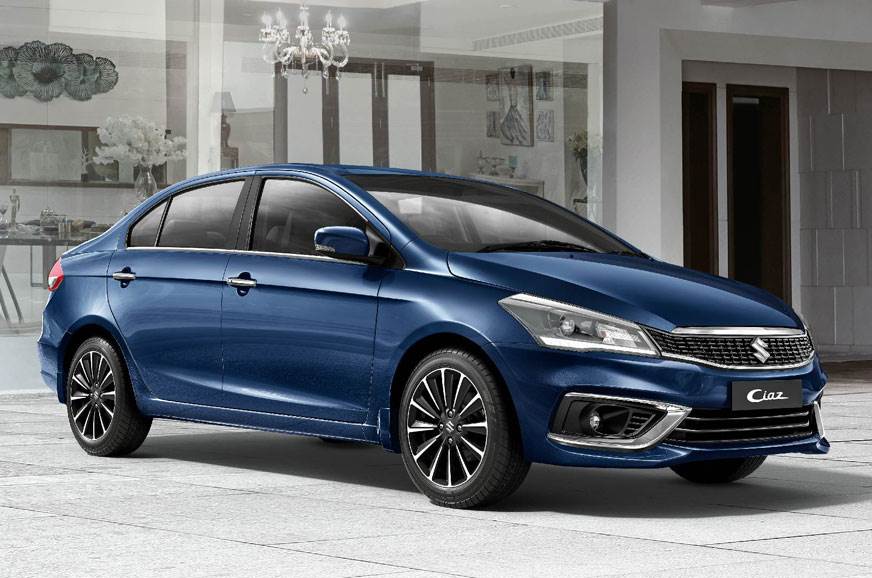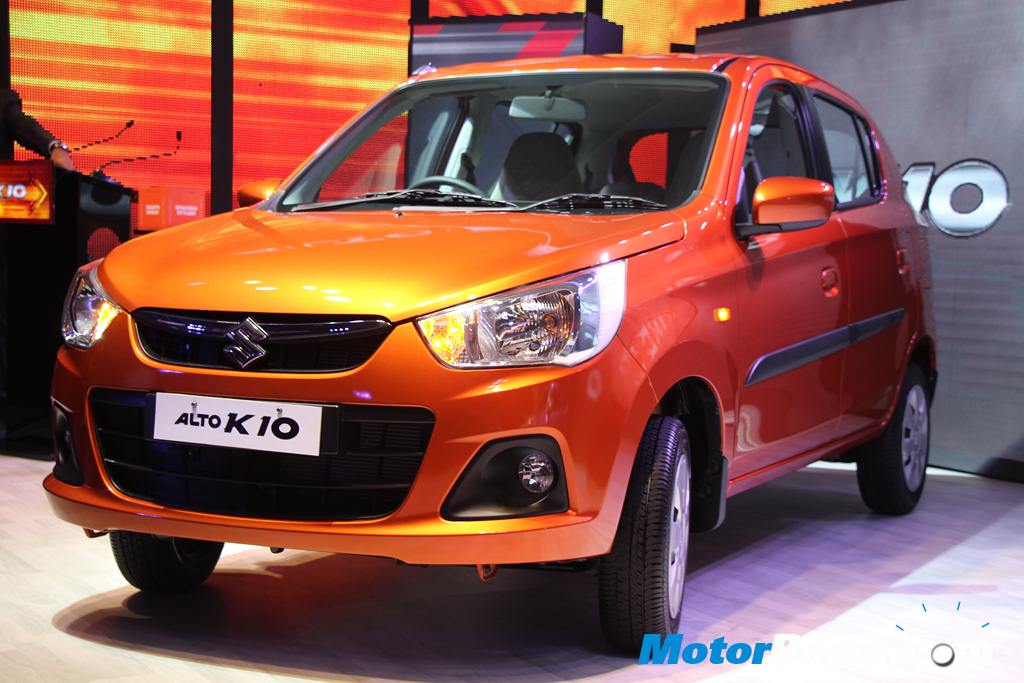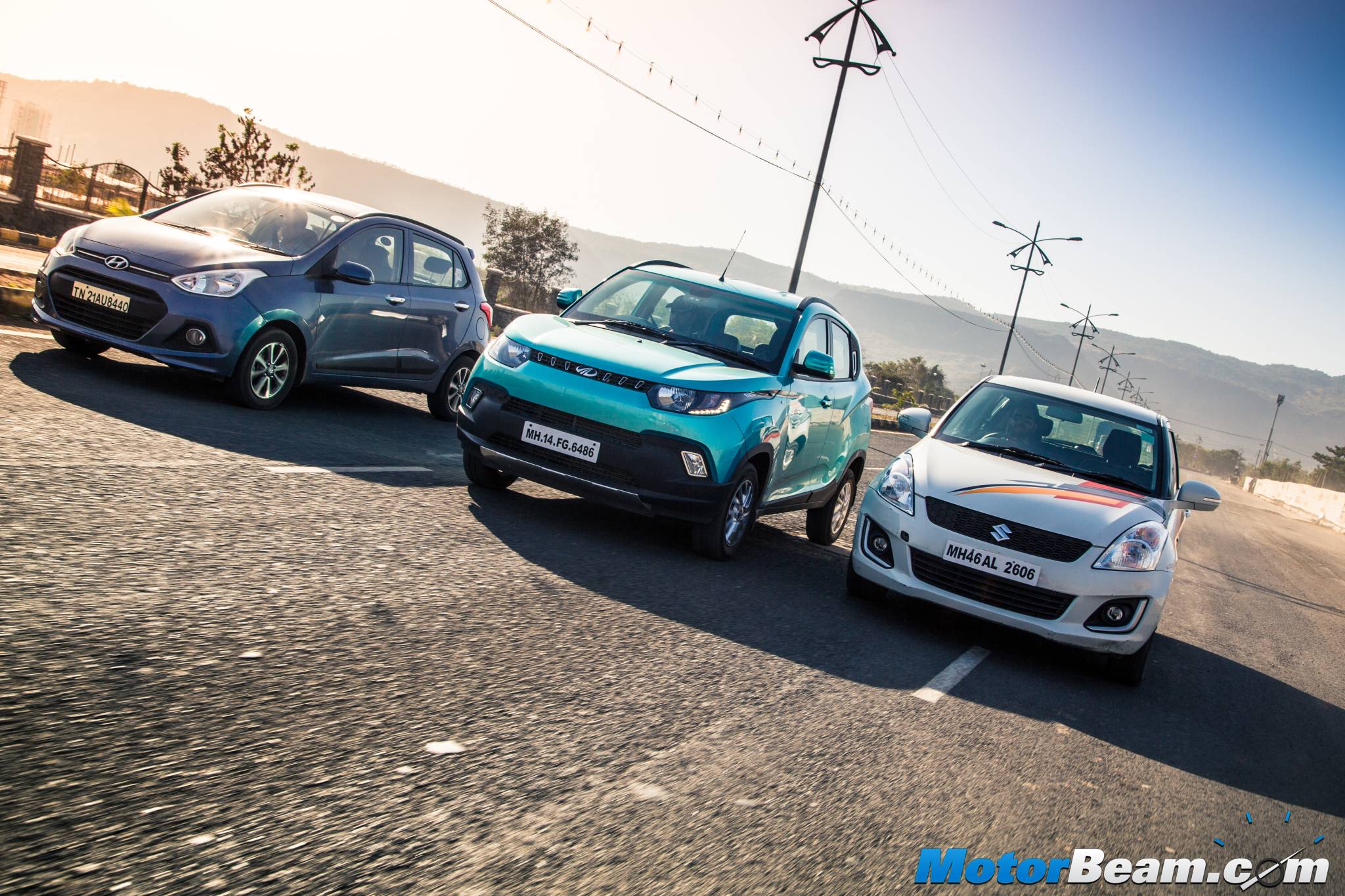Maruti made a risky gamble and it paid them well!
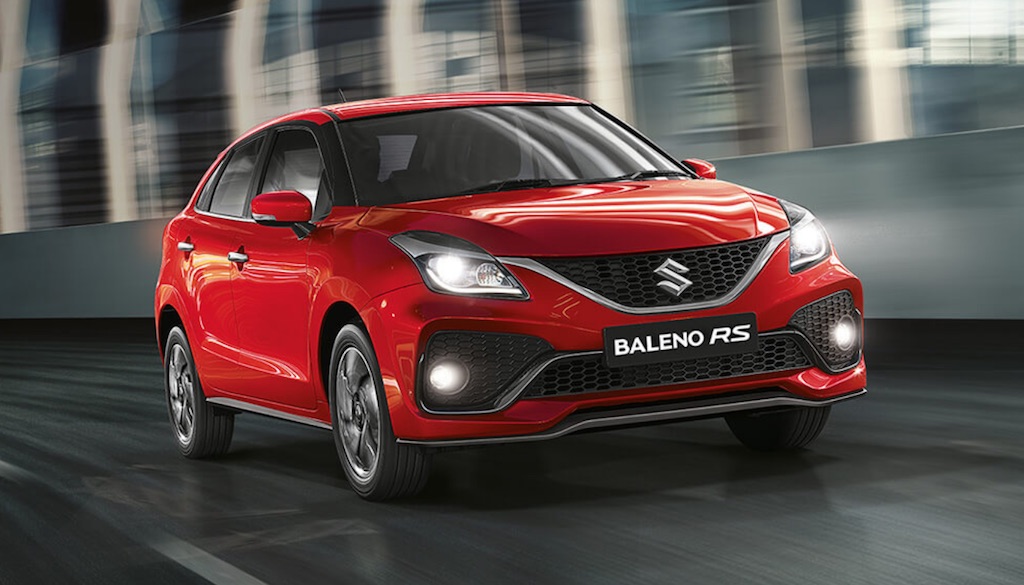
Maruti was and still is the most loved brand in India as far as the sales are concerned. But they faced a problem. And they came up with a risky solution, which seems to have worked for them! Here’s how Nexa helped Maruti Suzuki make a comeback.
Comeback? What comeback? Maruti never disappeared to come back! You might say. Well, the word comeback here refers to the company’s brand image in the premium market and not their sales.
The Problem
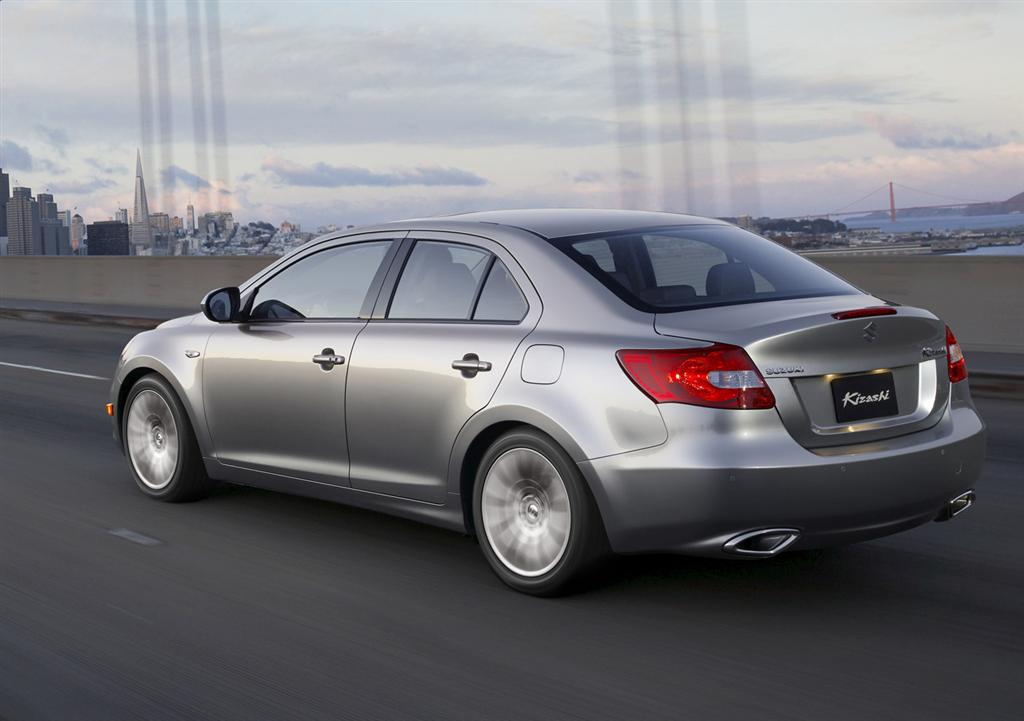
The issue was their inability to perform in the premium segments. Maruti Suzuki ruled the budget segments with their products. But once you crossed the Rs. 10 lakh mark, they were nowhere to be seen. This was not a major issue until the market itself started shifting in about 2012 to more premium cars.
The ‘kitni deti hai’ factor of their cars did not help them in the premium segment. Also, when the buyers started to become younger and younger, the conservative designs of their cars did not cut it for the new, young buyers. This was evidenced by the lacklustre performance of the Kizashi and Vitara (not Brezza). Maruti had to do something.
The Solution
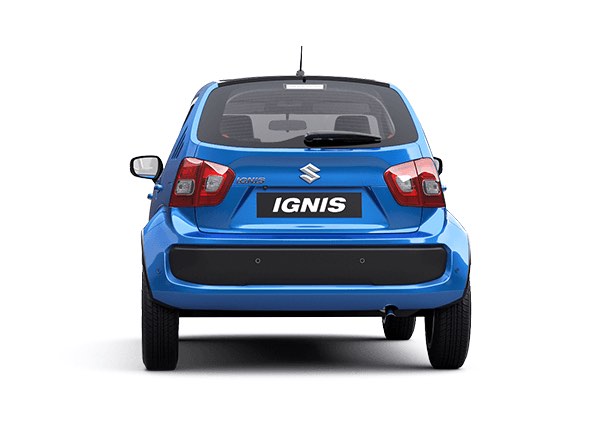
To combat this, Maruti went on a limb and decided to launch an entirely new retail channel for their products – Nexa. Unlike different variants of showrooms that sold the same lineup of cars, the products sold on Nexa were not sold in the mainstream Arena showrooms.
With Nexa, Maruti set themselves up for a huge challenge up ahead. Maruti needed to ensure that one outlet doesn’t get preferential treatment over the other and make several showroom owners mad. It truly was a risky gamble, as the channel launched with only one product under its portfolio, the S-Cross. There was always the risk of businessmen not undertaking the showroom and continuing with the old one.
This idea was very radical for the Indian automotive landscape, especially considering the fact that Maruti did this. Nexa got more attention than the mainstream showrooms and so did its products. Slowly the number of showrooms crept up. Today, Nexa is the third largest retail network in terms of passenger vehicle sales.
A fresh coat of paint!
Like Hyundai with Kia, if Maruti built a new brand to satisfy the changing market, the economics of that would have been much higher than what Maruti ended up doing. Nexa provided a new opportunity of presentation for Maruti without sacrificing the power of their badge. Although their priciest car, the S-Cross was unable to rule its segment, Nexa certainly helped Maruti in alleviating its premium sales.
If you think about it, Maruti changed nothing about the products themselves. The vehicles sold through Nexa still focus quite heavily on mileage. The cars sold through both outlets share the same engines, switchgear, infotainment system, plastics, etc.
The only difference that the cars sold through Nexa add a bit of flair in their marketing and the buying experience is supposedly more premium. Even the standard safety features provided in every Nexa car is not that difficult to pull off, considering the fact that the cheapest car sold through Nexa is priced at Rs. 4.79 lakhs. Interesting, isn’t it?
Maruti Nexa
– Maruti Suzuki always had issues with momentum in the premium segments
– This became a problem when the customers became younger and were willing to splurge more money on their cars
– Maruti launched Nexa as an attempt to solve this issue and maintain its position as the largest car manufacturer in India
